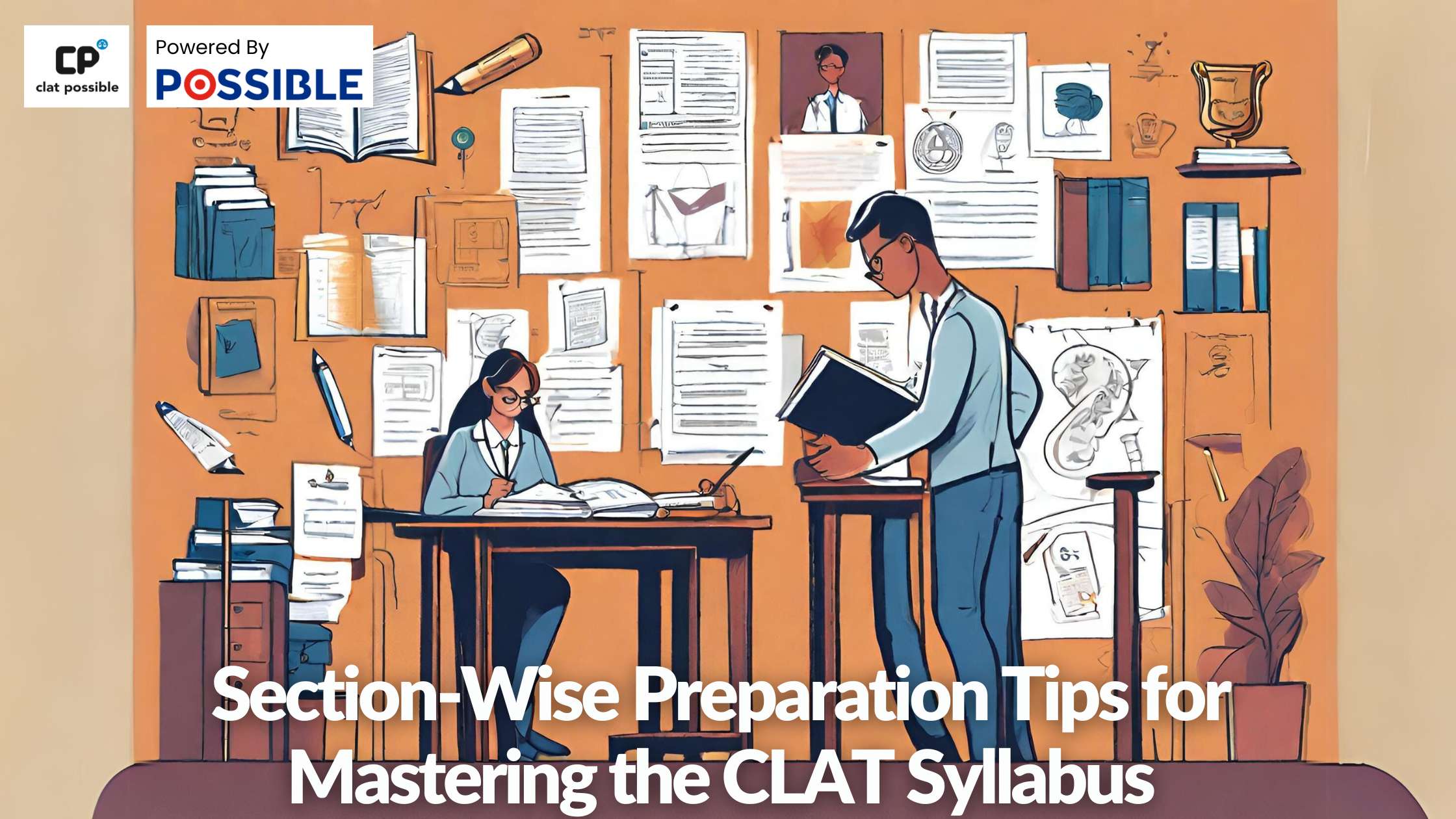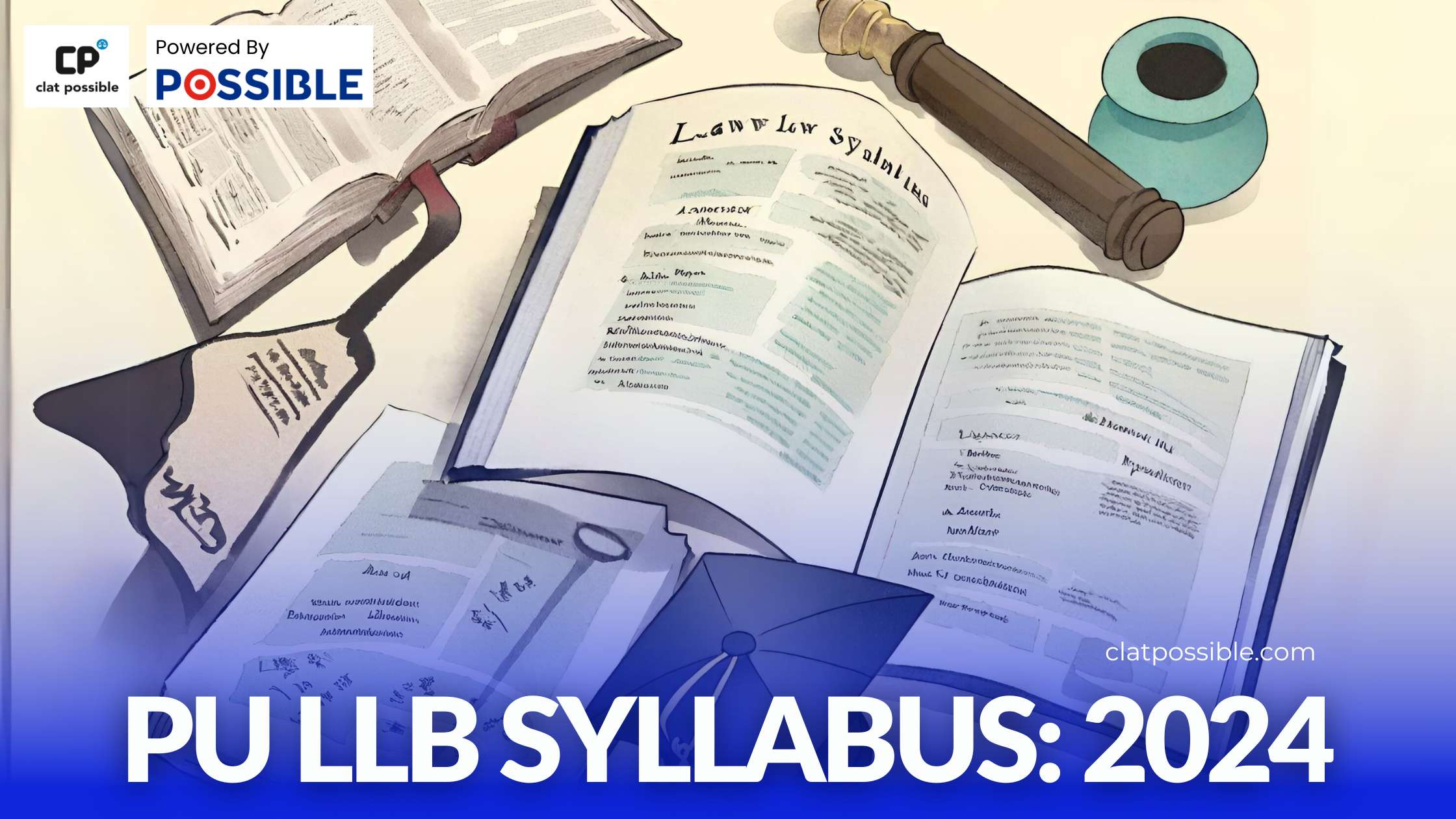
The Common Law Admission Test (CLAT) continues to be a gateway to the prestigious National Law Universities (NLUs) in India, drawing thousands of law aspirants every year. As competition amplifies, it is indispensable for aspirants to devise a potent preparation strategy. An instrumental component often underscored in the preparation journey is the tactical utilization of CLAT’s previous question papers. Let’s explore how this strategy can become a cornerstone in shaping your triumph in the CLAT examination.
Navigating through Exam Patterns and Trends
Analyzing previous years’ papers helps aspirants identify patterns and comprehend the test’s dynamics. Over the years, the CLAT has witnessed subtle to notable shifts in question types, sectional weightage, and difficulty levels. By dissecting past papers, students cultivate an understanding of these nuances, thereby preparing themselves for possible scenarios and patterns in the upcoming examination.
A Mirror to Strengths and Weaknesses
CLAT previous question papers act as a diagnostic tool, revealing an aspirant’s academic strengths and pinpointing areas that require further refinement. Regularly practicing with these papers not only facilitates a periodic self-assessment but also ensures that aspirants gradually bolster their weaker sections, enhancing overall preparedness.
Time Management Mastery
Time management is pivotal in navigating through the CLAT effectively. Previous question papers provide a simulated exam environment, enabling aspirants to develop strategies on how to allocate time efficiently across sections, ensuring that each question is given its due consideration.
Augmenting Accuracy and Speed
Consistent practice with previous question papers exponentially enhances an aspirant’s ability to tackle questions with increased accuracy and speed. This practice evolves into a robust strategy, where the aspirant learns to strike a balance between precision in answers and the swiftness required to attempt questions comprehensively.
Adaptation to Various Difficulty Levels
A strategic perusal through several years of CLAT papers allows aspirants to familiarize themselves with a spectrum of difficulty levels. This familiarity ensures that students remain unphased, whether they encounter a particularly challenging paper or one that is seemingly straightforward.
FAQs: CLAT Previous Question Papers
Q1: How many years of previous papers should I refer to during my preparation?
A1: It is advisable to refer to at least the past 5-7 years of question papers to garner comprehensive insights into the patterns and trends of the CLAT.
Q2: How often should I practice with previous question papers?
A2: Incorporating a regular practice session with previous question papers, ideally once a week or fortnight, can significantly enhance your preparation and adaptability to the CLAT’s format.
Q3: Is it beneficial to revisit the same question paper multiple times?
A3: Absolutely. Revisiting the same paper can provide fresh insights, enhance speed, and improve accuracy, particularly in different stages of your preparation.
Q4: Should I attempt previous question papers in a simulated exam environment?
A4: Yes, attempting the papers under exam-like conditions, including adhering to the time limit, can be immensely beneficial in acclimating yourself to the pressure and constraints of the actual examination.
Q5: How do I analyze my performance after attempting a previous question paper?
A5: Post-attempt analysis should involve reviewing each answer, identifying errors, understanding the reasons behind them, and developing strategies to mitigate similar mistakes in the future.
In conclusion, CLAT previous question papers stand out as an unparalleled resource in aiding aspirants to navigate through the intricacies and pressures of the actual examination. The strategic incorporation of these papers into your preparation regimen can indeed become a key that unlocks your success in the CLAT.
For more informative blogs on CLAT 2024 preparation, Click Here!









